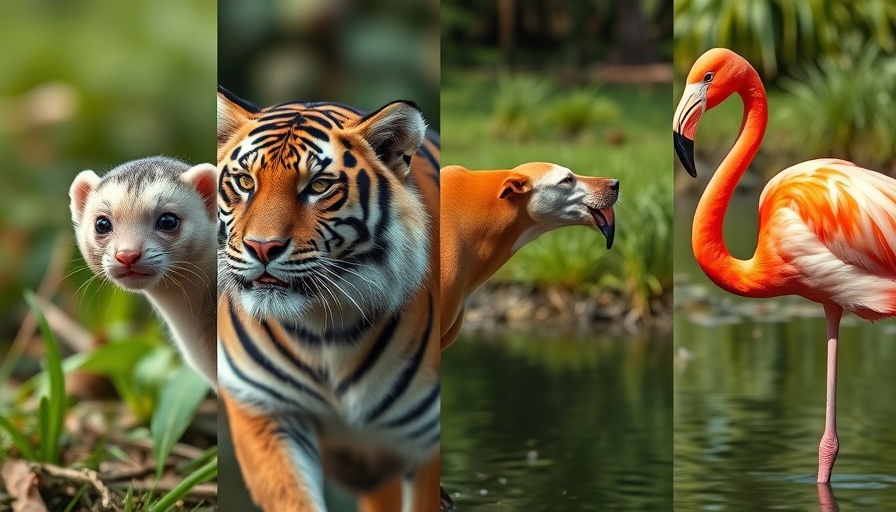
Unlocking the Future of Image Manipulation with Neural Networks
Recently, researchers at the Massachusetts Institute of Technology (MIT) unveiled a groundbreaking approach to image editing and generation. Utilizing advanced neural networks, specifically encoders or 'tokenizers,' they have discovered capabilities that extend far beyond traditional methods. This innovation not only enhances image manipulation but also inspires transformative applications across various fields.
The Power of Tokenization
Tokenizers break down images into manageable pieces, allowing them to be modified or generated with unprecedented precision. This method means that creators can easily adjust elements within an image, making it accessible for artists, designers, and marketers alike. Instead of laboriously altering pixels, professionals can now regenerate aspects of their work much more efficiently. As artificial intelligence continues to evolve, the potential for image editing will only expand, reshaping creative processes.
Implications for Various Industries
This breakthrough promises to impact numerous sectors. In marketing, businesses can create tailor-made visuals that resonate better with their target audiences. For educators and content creators, it offers tools to illustrate concepts more clearly. Moreover, the entertainment industry can utilize these advancements for more immersive experiences, allowing for the seamless integration of graphics into live performances or virtual environments.
What Lies Ahead?
As MIT's research elucidates, we stand on the edge of a new era for digital creativity. With AI playing a crucial role in image editing and generation, it’s essential for industries to stay abreast of these changes. Continuous advancements will likely lead to more sophisticated AI tools that empower creators and redefine storytelling.
With these developments in AI technology, we are encouraged to explore the possibilities it brings to our professional and personal endeavors. By embracing these innovations, individuals can leverage technology to enhance their creative outputs and improve productivity.
 Add Row
Add Row  Add Element
Add Element 



Write A Comment